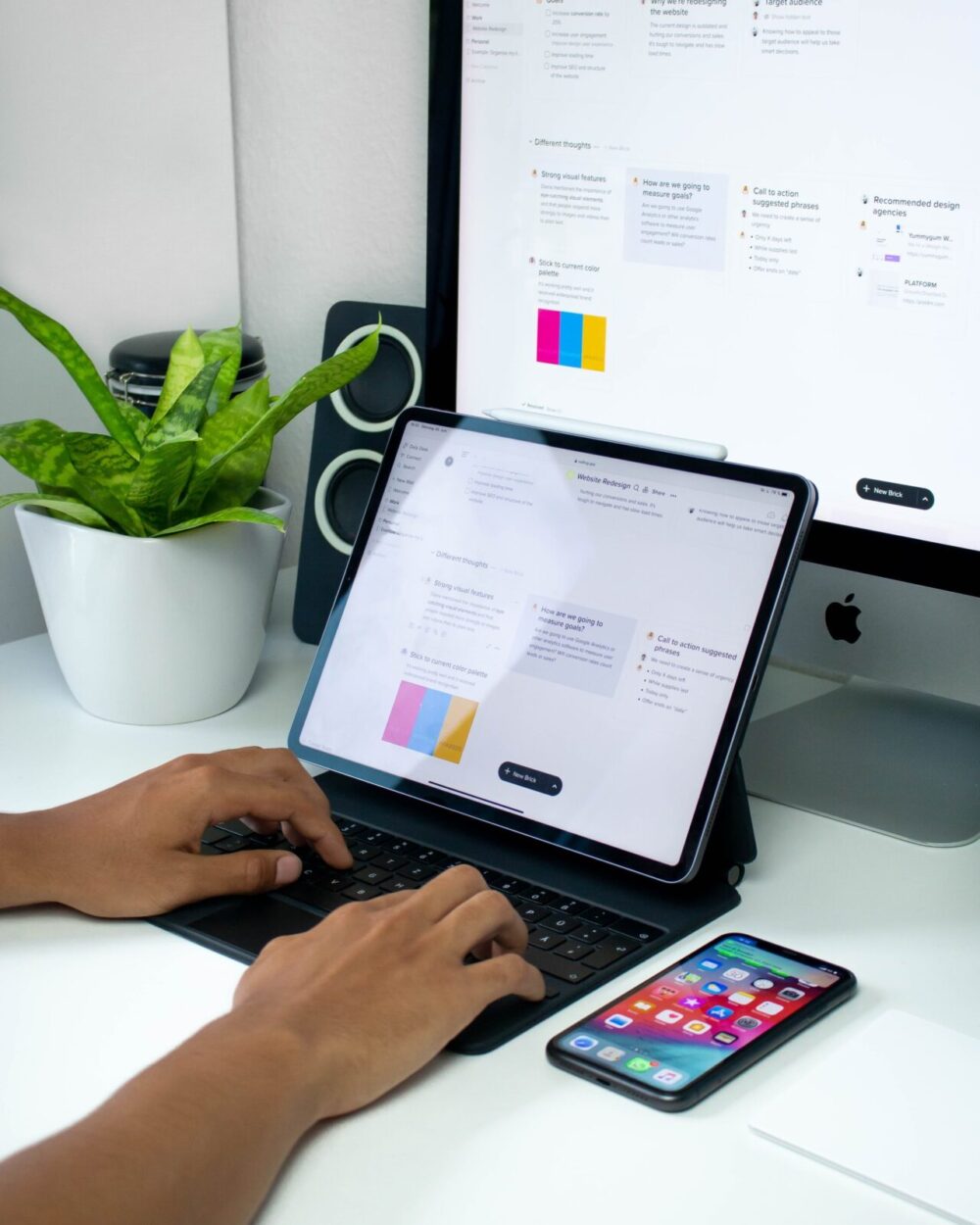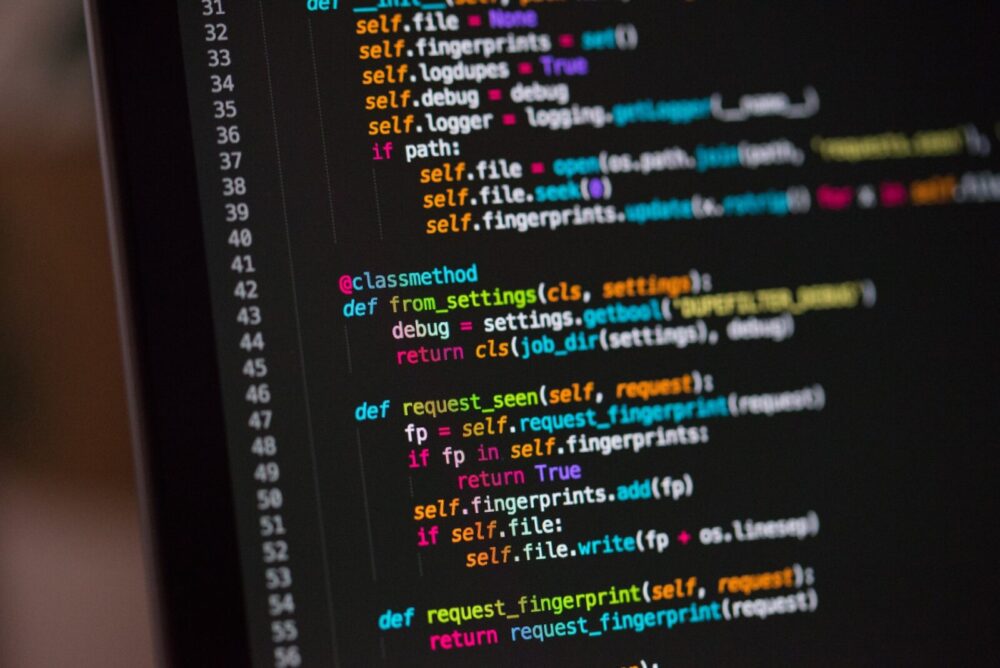As web development progresses in growth, so is language translation. Incorporating language differences when designing a website is very important, as it helps businesses localize their web content to the target audience. One thing web developers must keep in mind when building multilingual websites is the ease with which users are able to switch from one website to another. Oftentimes, web translation poses a fresh challenge when building multilingual sites.
However, many of these challenges can be addressed using web translation services. Essentially this makes the work easy for web developers creating multilingual websites. Interestingly, having a multi-language website is fast becoming the norm today. This is mainly because of the globalization of the world’s economy today.
For this reason, global businesses try as much as they can to incorporate language translation into their websites so they can reach local audiences globally. It is, therefore, safe to say that translation has had a significant impact on web development.
Considerations for Translation in Web Development
Most websites have English as the default language. English is pretty easy to work with since the software, plugins, programming language, etc., are all primarily optimized for English. When designing a website for a different language or translating English web content to another language, say Thai, Japanese, Mandarin, or Dutch, the rules change. Web developers need to make some considerations if they must achieve an excellent result. Here, we discuss some of these considerations and their impact on the growth of web development over the years.
Space and Characters

Translation calls for special considerations regarding space and character. For instance, when original English texts are translated into other languages, say Swahili or Dutch, for instance, the length of the texts increases. This is due to the lack of a direct equivalent of some translated words in the target language. This means that web developers need to allow extra space when building websites that will be translated into other languages.
In some cases, the translated word would need to be explained in local terms, using words, phrases, or local expressions that best describe the original word. A bilingual magazine will give you a perfect idea on how easily text length grows in Arabic translation services with pro firms like Future-trans.com. Both texts will be saying the exact same thing, but the word count and space taken up are different.
Another reason for this is the unique grammatical structure of every language. Some words in certain languages may mean different things, so when they are translated from other languages, they need to be explained in further detail for the local audience to understand them. This is not to mention the differences in punctuation, use of articles and prepositions, gender references, and so on. In some languages, some words do not even exist; some words may need to be written together to make sense, while others need to be separated to make sense. Furthermore, these words cannot be joined with any other, so the sentence needs to be spaced out. Spacing also takes up space.
For web developers, this challenge opened up an opportunity to go over and beyond in ensuring that text is seamlessly translated across different languages on the same website without messing up the user experience. This obviously includes the ease with which users can switch from one language to another, and back again.
Localization
The local audience is often the center of attention when doing website translations. Professional translation services understand that direct translation may not be sufficient to pass across the message in each web content. Hence the need to create localized content from the original texts. This, in essence, partially contributes to the increase in the length of translated texts. Localization aims to pass the message on a website to the local audience in a language that they can easily relate to.
Website localization uses a more specialized approach to adapt web content and applications for consumption in a particular language or for a specific audience. This may include using culturally appropriate images, colors, and quotes. As a result of optimizing texts for local audiences, special considerations need to be made during translation. A translation management system (TMS), for instance, helps to automate the translation process, organize the translation workflow, and track the progress along the way.
Language Differences

Because of the nuances in each language, web developers need the assistance of professional translation services to create properly optimized content for a specific region or target audience. While the translation company focuses on translating the original content into an easy-to-understand format, the web developer works on choosing the right TMS tool for the most efficient localization.
Web translation can occur in either of two ways; one is waterfall localization, which adds the translated text to the website after the main web pages have gone live. The other adds the translation simultaneously as the website is being built. This is even more efficient as it allows for real-time identification and rectification of issues during the translation process. Besides, it makes the localization workflow even simpler.
This approach allows web developers to create web content that is not only optimized for local audiences, but also helps to improve users’ experience on the website. Over the years, web developers have incorporated several tools and software that further simplifies website translation and localization. Generally, web development has undergone several stages of changes and improvements regarding multilingual web translation – all of which have contributed to the growth of web development.
Designing a multi-language website: what makes it work?

When designing websites for multiple languages, there are a number of pro tips that help developers create the best job. Here are some of them:
Global templates to ensure consistent branding
When visitors view your website in different languages, they should be seeing the same thing, but in different languages. The Indian version of your website should have the same themes, messages, layout, and content as the English version. Keep in mind that people who visit your website will likely switch to other versions of the website. The content and message should remain the same for global branding.
The language switcher must be easy to locate

This is key for people who run eCommerce businesses. Making the language switcher easy to find makes for a smooth user experience. Even if users switch to a language that they do not understand, the position or location of the language switcher should be conspicuous enough for anyone to see.
The disadvantage of this is that visitors could get frustrated, especially when they need to access information quickly. Visitors should feel welcome and at ease navigating your website. Typically, the language switcher is placed at the header or footer of the page.
Leave extra space around your containers for text expansion
In order to account for the likely increase in the length of texts after translation, it would be best to leave additional space around a text box container when creating the original content. In case the translated text takes up extra space, making up for that would be easy. This way, you make the process flexible and easy to manage should you encounter this kind of challenge.
Consider special needs for designing right-to-left languages
Expectedly, when creating web pages for right-to-left languages, new challenges spring up. Arabic typically proceeds from right to left, and that calls for unique considerations during translations. User interface and user experience are two major concerns here. While the developer aims to achieve the best mirroring in this case, care must be taken not to forget essential factors like UI and UX.
Specify the encoding of your webpage

It would be best if you considered the compatibility and encoding of your web font. It is important to always specify the encoding of each web page. UTF-8 can be used to ensure that special characters are correctly displayed regardless of the language being used. If you are using WordPress, for instance, the web fonts being used should be compatible with all the non-English languages supported by your multi-language website. This font must contain all the necessary characters and glyphs.
Engage a trusted translation company
The only way to achieve the best results is by using professional web translation services. In this case, they understand how best to present the original text in languages without compromising on the quality of the content or losing the message. Make sure that the translation company you hire has a proven track record showing that they can deliver the perfect job.
Wrapping Up
Translation services impact web development in a small way. Luckily, most of the challenges that designing for multilingual sites pose can easily be overcome by using recent web development technology. But most importantly, don’t forget to seek help from a reputable translation service in the target language. This makes everything so much easier.



